How simple (but boring) life would be as an internal comms practitioner if your internal audiences were all the same. That’s not how it works… well unless you’re a sole trader.
Engaging all of the different types of people within the workforce is one of the biggest challenges you will face as an internal comms professional.
However, a study found that 78% of businesses don’t conduct frequent reviews of communication or discuss with stakeholders. Seems a bit presumptuous doesn’t it? How do you understand your audiences if you don’t review and check-in with the people that matter most… Your audience.
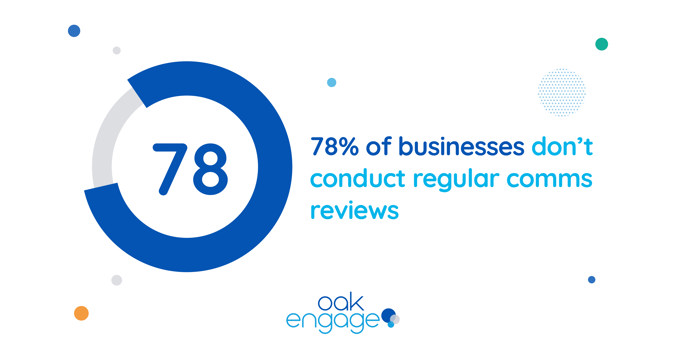
Think about how many different demographics and roles make up your workforce. Do you really think they all engage with information in the same way?
To engage and connect with your workers you need to understand the different types of people you need to cater to.
In this blog, we will show how to define and build your internal audiences to communicate more effectively with your employees.
It Includes:
- What are Internal Audiences?
- Why Internal Comms Professionals Should Care
- How Does it Benefit Employees and Your Company?
- How to Build Your Internal Audiences
What Are Internal Audiences?
Internal audiences are anyone in the business who you are trying to reach or connect to through internal messaging. They are the ones who are (or should be) listening to you.
However, it is not just a collective term for all recipients. There are specific audiences within the wider group that you need to consider when developing your internal comms strategy. They’ll have similar characteristics and sensibilities as each other, although it's not a black and white approach.
If you have on-premise, deskless and remote workers, then you already have the headache of multiple audiences. That’s before you even consider age, culture, and technology capability, among several other things.
Things to consider when segmenting your audience are:
- Job type (deskless, remote, etc.)
- Location
- Age
- Background
- Behaviour
- Culture
Segmenting audiences in internal comms may seem very complex, but from a content and engagement perspective, it’s pretty straightforward.
You can even generate feedback in the form of Pulse Surveys and analytics that will help you visualise data and get to know more about segments of your workforce.
Recommended Reading 📖: Pulse Surveys: The Ultimate Beginner’s Guide
Why Internal Comms Professionals Should Care
33% of respondents in Korn Ferry’s survey on job searching said they looked elsewhere because of boredom. You need to find ways to engage individuals in their role. Internal communications can make work more enjoyable when done in the right way.
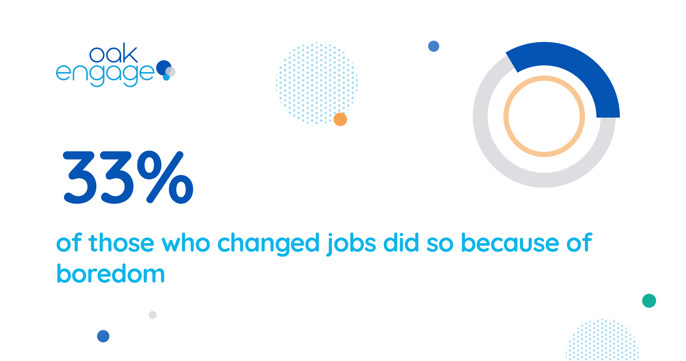
How Does it Benefit Employees and Your Company?
Effective internal communication has a considerable impact. Employees will generally be more engaged and happier, which will have a knock-on effect for the business. Better customer service, better results, and better employee retention. Knowing how to connect with your audience really is an invaluable asset to the business.
Here are some of the benefits of creating audiences for internal communication.
Make Sure Employees Don’t Miss Out on News
Missed an email or zoned out during a company meeting? We’ve all been there.
Often it is because the message is delivered in a way that doesn’t make us sit up and take notice. 74% of employees feel like they’re missing out on company news, so quite clearly this is a common problem.
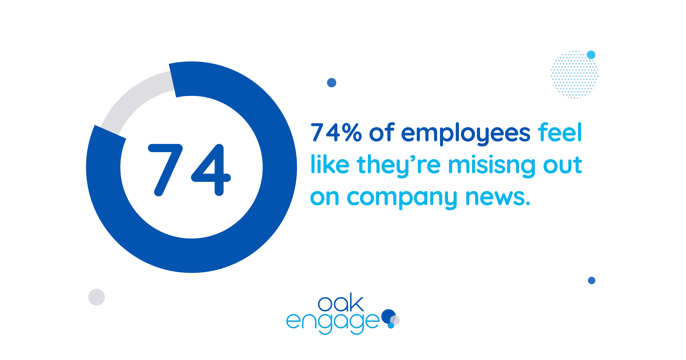
When you have built and understood specific audiences you’ll know how to relay important news to them, ensuring they’ll absorb it. No more memos being missed and employees left in the dark. Everyone will be on the same page.
Increased Productivity
Having a targeted approach to internal comms means everyone is aware of what their job is. The McKinsey Institute found that improved communication through technology could raise the productivity of workers by 20-25%.
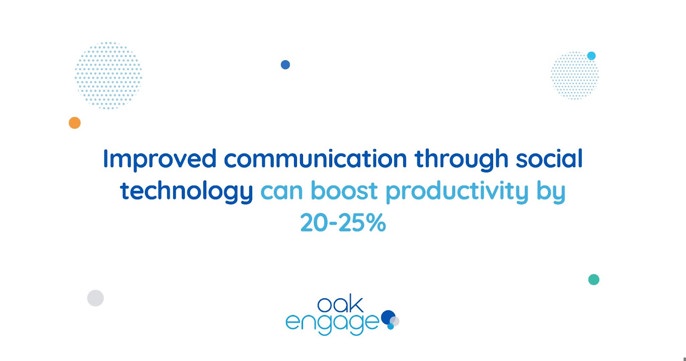
This is proof that as the demographics of the workforce change, social technology is becoming an effective comms tool. It shows the importance of considering suitable technology when building an internal comms strategy and audience. You’ll see much better outputs as a result.
Helps Build Culture & Brand Identity
Unclear audience definition makes it more difficult to align employees with the culture you want to have. Lines of communication are not as likely to be effective and it's hard to convey the messaging and tone that you desire.
All good company cultures are built on transparency and mutual understanding. If you understand who your audience is, what they need and what they engage with, you can communicate in a way that connects them to the brand and culture.
Efficiency and Cost Savings
We’ve all made impulse purchases or bought poorly by not doing our due diligence. The same is often said about internal comms tools. When there are too many ineffective comms channels then the likelihood is they won’t get used.
By building your audience you will be able to make an informed decision on which channels are needed for communication with them and with each other. Understanding your internal audiences = making better informed decisions on internal comms channels = lower costs and less time wasted implementing useless tech.
How to Build Your Internal Audiences
With all the factors you need to consider when building your audience groups, it may seem like a daunting prospect. However, it doesn’t have to be. We have set out a four-step process for you to use as a guide.
Step 1: Identify Your Audiences
As discussed earlier in the blog you need to identify characteristics that form the makeup of your workforce. You should consider and define the characteristics linked to them as people and their roles. For instance, a warehouse worker who is not a native speaker isn’t likely to consume information in the same way as a middle-management desk worker.
When you do this you can start to segment your audience into groups. Things you need to consider in identifying your audiences are:
- Demographics- Age, location, gender
- Culture- Race, nationality, native language, etc.
- Job type- Department, nature of role, level, etc
Step 2: Ask Your Audiences
Once you have defined your audiences you can use simple surveys, polls and feedback forms to gain insight into their preferences and attitudes. You can use the data to inform how and when you communicate with your audiences.
What’s the simplest way of finding out the answer? How do you know if they prefer the monthly CEO update or a post to a company social feed? Ask them directly. Targeted feedback will help you do this on a wider scale.

Step 3: Create Personas/Profile Descriptions
With the information from your feedback, you can start to create personas that make up your audience to help you understand them better. It makes it that bit more human, as communication should be!
The IOIC established a framework to help categorise your personas. In relation to this framework, you should match the following up to each demographic category.
- Workplace context
- Understanding of their purpose
- Comms needs
- Comms channels
- Attitudes
Step 4: Implement the Right Channels
Now you know the needs of your internal audiences, you need to ensure you can reach them and engage with them. Of course, the messaging is important, but you need to make sure you have the tools to do it.
For example, millennials and Gen Z members of the workforce (of whom 98% own a smartphone) may find mobile apps or social networks more intuitive. Baby boomers, you may find prefer face-to-face communication or email. When you understand the needs of your audiences, ensure that you implement the channels to do it.
Doing this will help you visualise what you need to engage with each audience segmentation. Doesn’t seem so scary now does it!
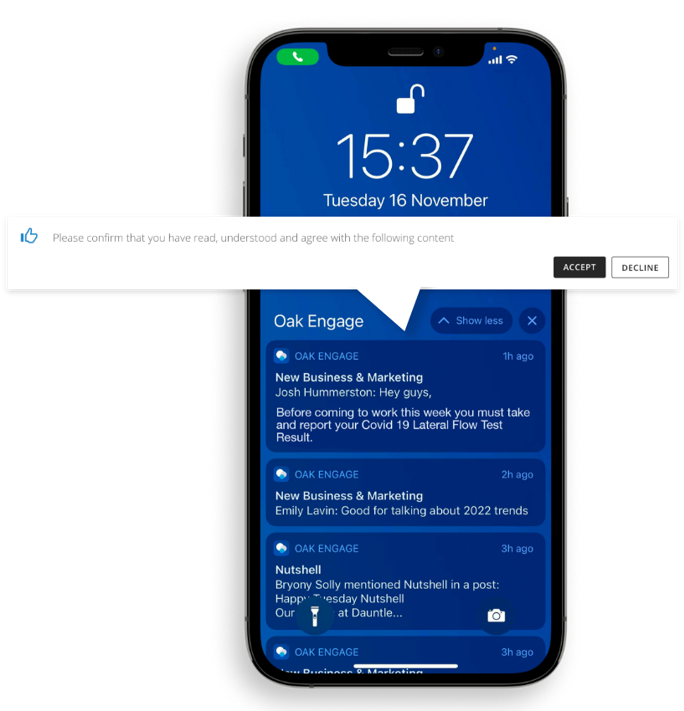
So now you have the knowledge to build your internal audiences for internal comms. Use this as your playbook if you ever wonder why you aren’t getting the right engagement with your messages.
Remember you need to follow ALL the steps to make this happen!
Audience Persona Creation
Create personas for your internal audiences with our FREE interactive template!




